The 97th anniversary of the treaty of Lausanne was celebrated throughout Turkey last week, the document being seen as the political title deed of the Republic of Turkey, founded by Mustafa Kemal Ataturk.
The Lausanne Peace Treaty, which guaranteed the recognition of the Republic of Turkey as an independent and a sovereign state after the War of Independence, was signed on July 24, 1923, in Beau-Rivage Palace in Lausanne, Switzerland, as a result of long negotiations between the representatives from the Great National Assembly of Turkey headed by Ismet Inonu, and the Allied Powers of Great Britain, France, Italy, Greece, Romania, Bulgaria and with the participation signatures of the representatives from Japan, Portugal, Yugoslavia and Belgium.
This year, while coming back from the Turkish Foreign Ministry, these words were spoken in commemoration of the Treaty: “We celebrate the 97th anniversary of the Lausanne Peace Treaty, the declaration of independence and the title deed of our country.”
HISTORICAL BACKGROUND
The Treaty of Lausanne has a great deal of historical importance: it could be seen as a bill of independence of the young Republic after the the Treaty of Sevres which forced the Anatolian and Thracian territories into a joint British, French, Greek and Italian rule on August 1, 1920 after the Ottoman Empire’s defeat in World War I.
The process, which began with a struggle for independence initiated by a group led by Mustafa Kemal, who did not accept the Treaty of Sevres and declared the Ottoman rulers traitors for signing it, was finally crowned with the declaration of the Republic on October 29, 1923.
The Treaty of Lausanne of July 24, meant that this young Republic, which was built on the ruins of the Ottoman Empire, was internationally recognized.
During the Lausanne talks, issues such as Ottoman debts, the Turkish-Greek border, the status of the Mosul area and the status of the minorities, the straits, the end of the occupation of Istanbul and other capitulations were discussed.
In the early talks, many issues between two parties were not resolved and the meeting almost came to halt.
On February 4, 1923, Commander-in-Chief Mustafa Kemal Ataturk gave the order to begin the war preparations to the Turkish army, while the Soviet Union under the leadership of Lenin announced to the world that it would support Turkey in the event of another war.
The Allied Powers had to take steps against Turkey’s political and diplomatic insistence, and resume the talks on April 23, 1923, which came to an end on July 24.
The Lausanne Peace Treaty finally came into force on April 6, 1924.
THE OUTCOME
With the treaty, Turkey’s borders with Syria, Iran, Iraq, and Greece were accepted by both sides. The status of the Aegean islands and the islands in the Sea of Marmara Sea had been settled.
The capitulations were lifted and the Turkish economy was given its due independence.
The status of the religious minorities, the Orthodox Patriarchate, and the situation of foreign schools was settled. A population exchange between the Turks living in the Greek Western Thrace and the Greeks living in certain parts of Turkey was decided upon.
Ottoman debts were distributed among its successors.
Although the Straits were demilitarized with this Treaty, they went under the control of Turkey completely in 1936 with the Montreux Convention Regarding the Straits.
The Treaty of Lausanne, which essentially serves as a declaration of independence for the Republic, is just as important now as it was 97 years ago.
The fact that Hagia Sophia was reopened as a mosque on the same day as the anniversary of the Treaty of Lausanne, however, has led to a like of public debate and controversy in the public.







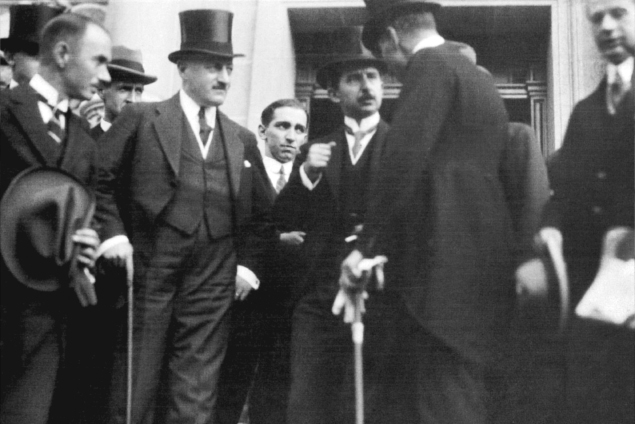



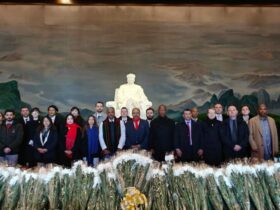
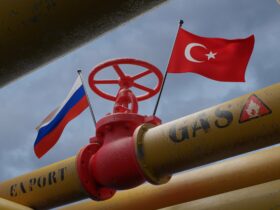

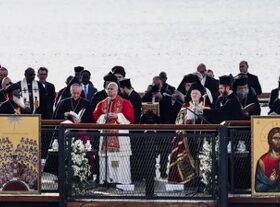
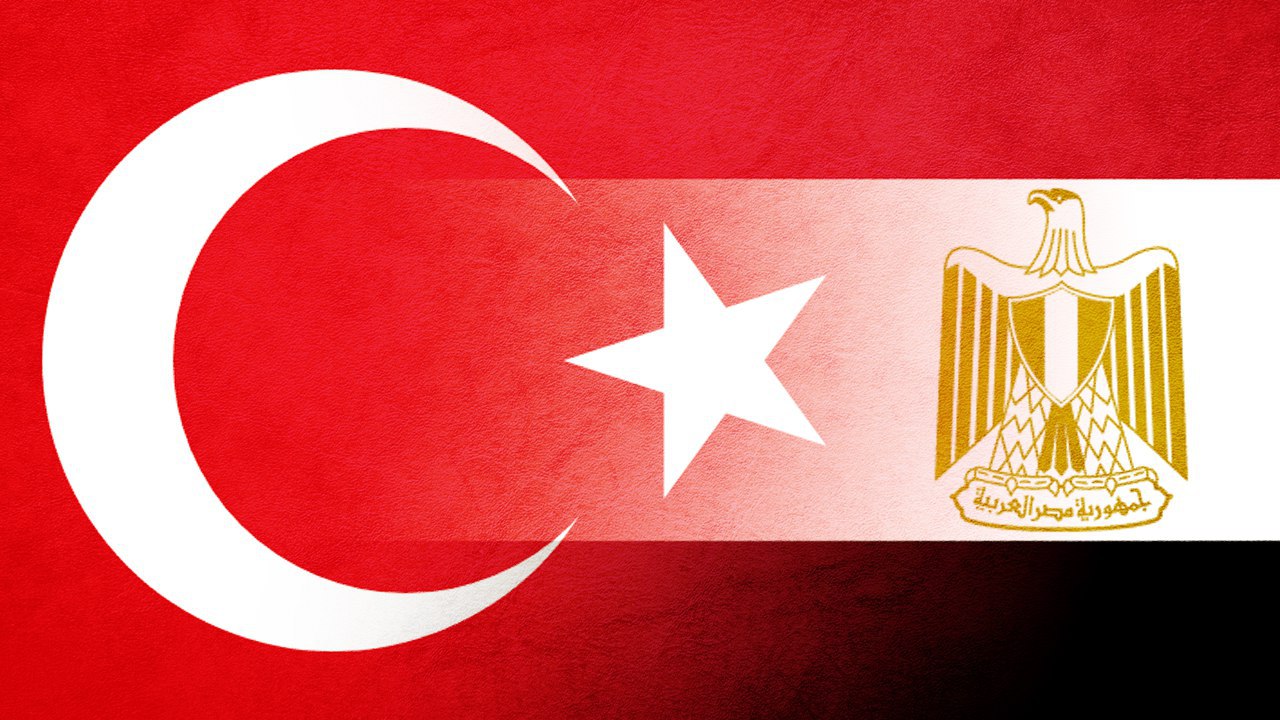

Leave a Reply